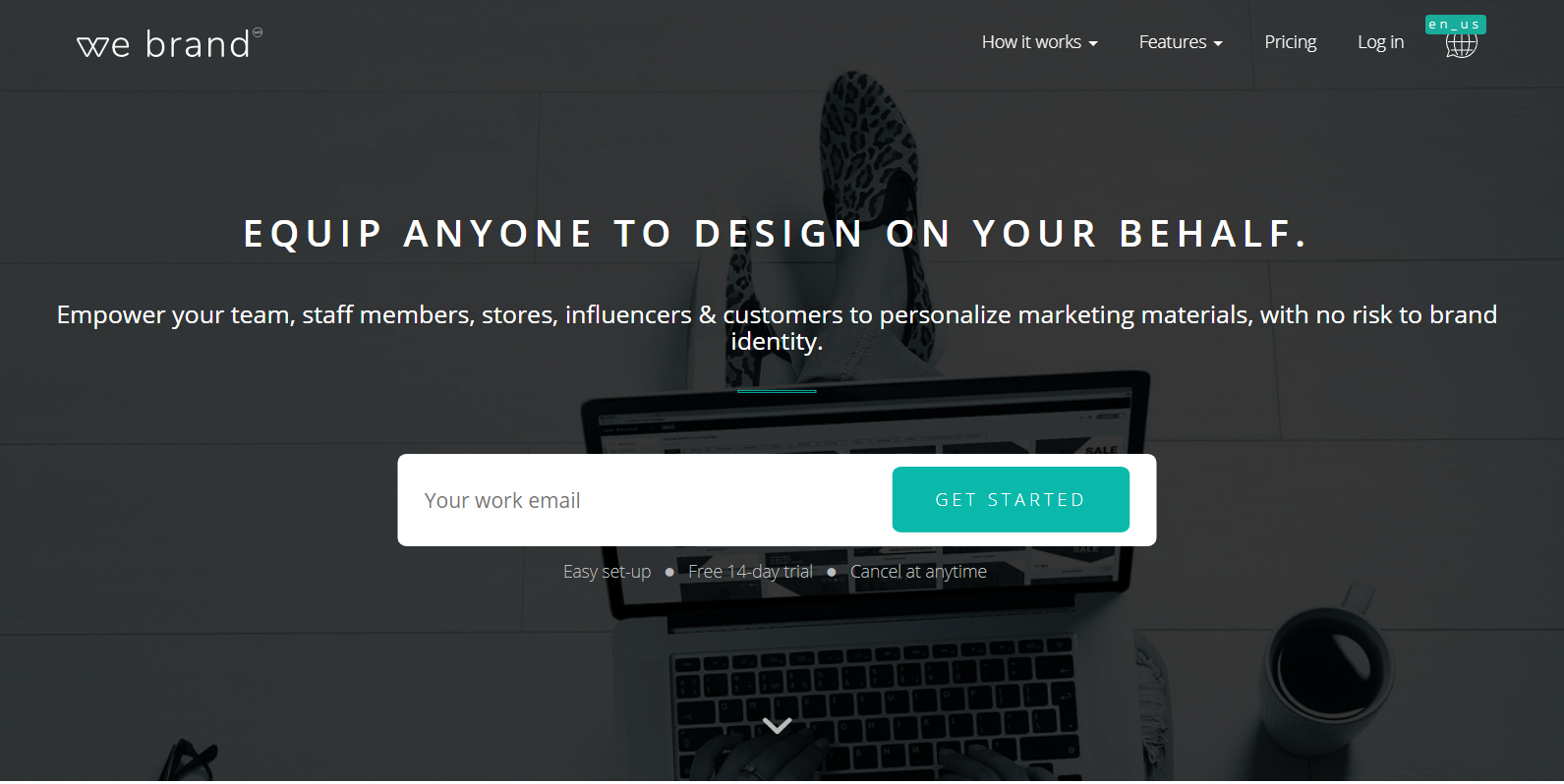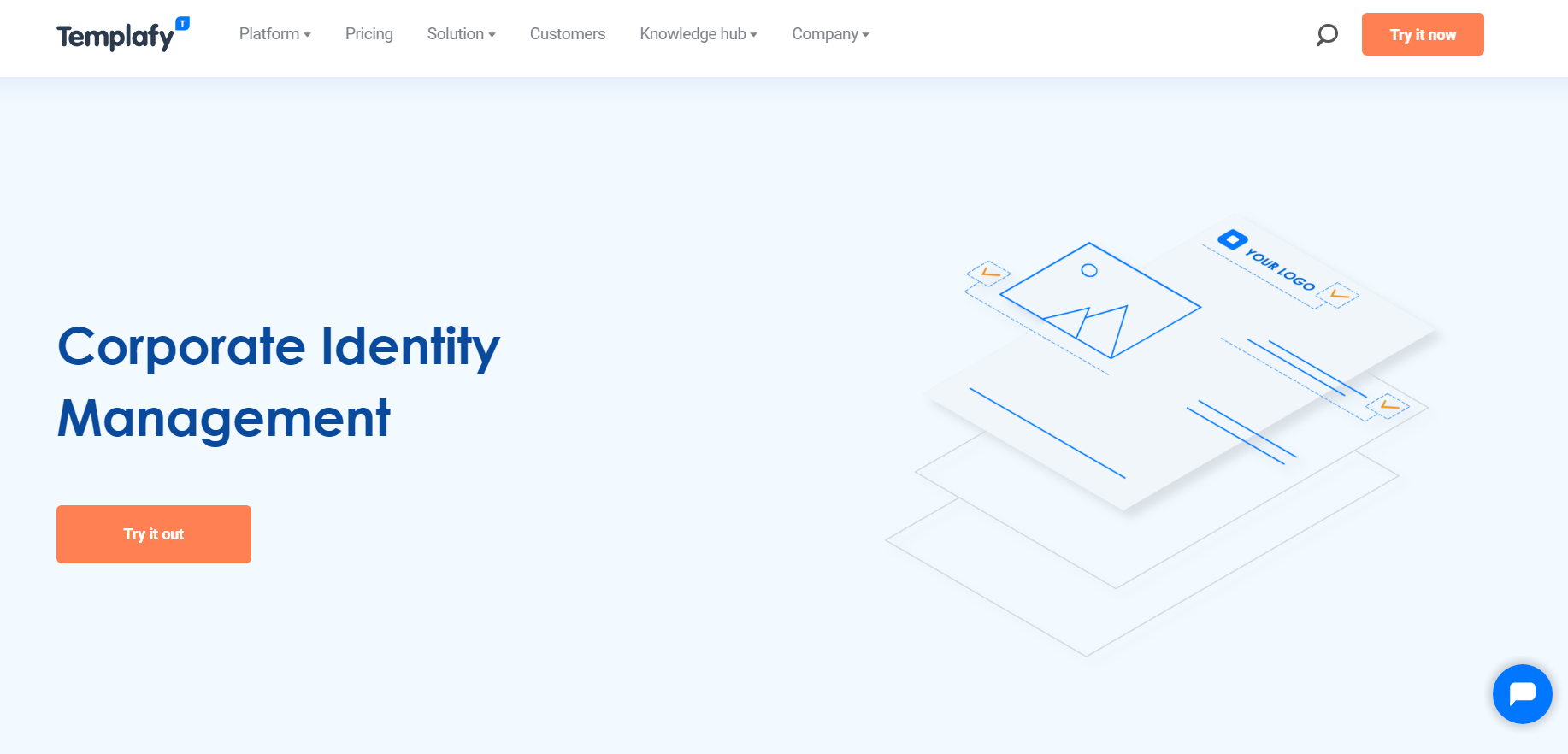A brand’s identity is all the components coming together to create your business’ image—name, colors, logos, and design. The problem is not quite knowing how to put all those elements together to project the brand image you want into the minds of your customers. Thankfully, this guide exists. We dive deeper into brand identity to give you the building blocks you need to create yours.
What is Brand Identity?
Brand identity is the name we give to all the tangible components that come together to help a business create an image of themselves in the minds of their consumers. This can include brand colors, the design style a brand uses through all its product packaging, the combination of colors usedc in advertising and logos, and even the typography used to display unique messaging. With a carefully crafted brand identity, a business can set itself apart from its competitors, grow its influence, and ultimately generate revenue.
The Basics of Brand Identity
Before we get into some solid tools that can help you through the process of building your brand identity, it’s crucial to understand the key elements that come together to create it. While the components of a brand’s identity are tangible, the elements that make a brand identity successful are more abstract.
Choosing Your Brand Identity Elements
You can’t do much with a brand identity if you haven’t at least picked out the basics.
- What’s your brand logo, and how will it be used?
- What are your brand’s primary colors?
- What is your brand messaging? How will it be displayed?
- What typography will you use across your brand assets?
- Will you have any supporting graphics to be used with certain messaging on social media or your website?
- What feeling are you trying to convey with your branding?
These are some of the fundamental questions that, once you’ve answered, will leave you with a set of brand elements you can work with that come together to create your brand identity.
If you’ve done a good job of choosing them out, or you’ve outsourced the job to a design agency you fully trust, you’ll have the tools to then be able to create a brand image as you show up on socials, create ad campaigns, provide goods or services, send newsletters. You get the idea.
Consistency
If there’s only one thing to take away from this guide, it would be how vital consistency is in executing your brand identity. One of the main reasons to have a brand identity in the first place is to be memorable and identifiable. Not to mention, consistency also inspires trust in the customers you’re trying to reach.
Without consistency throughout every part of your brand identity, it gets harder for your customers to identify with your brand, trust you, and ultimately buy from you. Thankfully, consistency isn’t hard to implement.
It can be as easy as making a final decision on the exact elements you’ll use through every aspect of your brand and then using them throughout without deviating. From there, you have to know how you’ll position your brand elements.
Brand Image, Positioning, and Differentiation
If your customers were given a lineup of the biggest competitors in your niche, would they be able to pick you out as the brand that’s the most memorable? You might have heard the saying, “If you stand for nothing, you’ll fall for everything.” It also applies to creating a brand.
The brand image you’re trying to create in your consumers’ minds is achieved by the assets that make up your brand identity (in addition to your product/service quality and customer support!). But it’s ultimately defined by how you position your brand and how you differentiate yourself.
What does your brand offer that others don’t? What will customers gain by paying attention to who you are and what you offer? What sets you apart from the competition in your industry?
These are some of the questions you need to ask yourself when thinking about shaping your brand into all it can be. Single-handedly choosing brand colors, creating logos, and gathering matching images isn’t enough if it isn’t informed by what your brand is trying to achieve in the first place.
How you differentiate your brand and how you decide to position unique elements of your brand must be defined first. Along with messaging, mission, and vision to round out everything your brand stands for. It’s only then that you’ll be able to pick out brand identity elements that make sense.
Once you have your brand identity elements, consistency, and differentiation, you can start thinking about how you’ll manage and execute your brand identity to bring it to life and create your brand image.
4 Tools to Improve Brand Identity
Once you create your brand identity, it needs to be managed and applied correctly. These are four of the best tools that can help you do that successfully.
Frontify

You can think of Frontify as your brand’s sidekick. Once you onboard it, it’s there to make sure your team can easily access, organize, and apply all your brand identity assets. Frontify makes sure to house your brand identity guidelines, and it also stores all your brand templates for easy access.
It makes it easy for you to create an ecosystem of your favorite tools so you can easily communicate with team members regardless of whether they’re in-house or remote. Think along the lines of Slack, Figma, and the Adobe Suite for designers to create and easily distribute brand identity assets. If you aren’t big enough to have in-house brand designers, Frontify makes it easy for your team members to grab brand assets and create visuals.
We Brand

Quickly coming up with marketing materials can be a valuable asset to your brand identity efforts. We Brand facilitates that process by empowering your team to personalize marketing visuals while staying consistent.
With it, you can create restrictable branded templates for your team to use as it needs them. It also comes with an easy-to-use online editor that’s accessible to anyone on your team, even if they don’t have design experience. It offers plenty of starter templates your team can use to create marketing or print materials through a computer, tablet, or phone.
Looka

Looka facilitates the process of creating a brand identity through a suite of simple design tools. It also comes with a logo maker. So, if you’re still in the process of creating that perfect logo, then that will come in handy, especially if you don’t have access to a professional designer.
One of Looka’s standout features is its Brand Kit. Once you’re signed up, you have access to thousands of templates that can help you bring together your brand logo, colors, fonts, and photos. If you’re looking to create marketing materials, it gives you templates and overlays to create professional-looking images you can use for ads, social media, or your website.
Templafy

Consistency also plays a big part in managing corporate brand identities. Templafy makes consistency happen by offering a centralized place where employees can go for help with content distribution, template management, email signature management, and document editing.
A tool like Templafy works best for the legal, consulting, insurance, or banking industries, as well as global consumer brands. Corporate settings can easily fall prey to publishing disconnected content that ends up damaging its brand identity. Templafy works to connect across any tech stack you might be working with to make the brand identity process easier.
Need to roll out a company-wide rebrand? Templafy makes it easy to change and redistribute new brand assets across the board so that everyone has access to updated materials.
3 Tricks for Executing Your Brand Identity
We’ve talked about the tools you can use to establish and manage your brand identity. However, to effectively execute your newfound brand identity, here are three quick tips.
Create a Style Guide
Hands down, one of the best things you can do for your brand identity is to create an style guide. Creating a style guide goes beyond gathering your brand identity assets in one place.
A style guide organizes your assets accordingly and details how each can and cannot be used. A style guide ensures that everyone who needs to use your brand identity materials does so correctly. This, in turn, helps you keep your brand consistent, with minimal errors in presentation.
For instance, a style guide is a crucial asset if you have a team working on executing your next set of paid advertising campaigns. Designers and social media managers can use the style guide to ensure they’re staying in line with the correct brand colors, typography, appropriate logo usage, and messaging.
Creating a style guide can be easy once you’ve decided on what your brand assets are. It can be as simple as making a team wiki that’s accessible to everyone in your organization. You can also manage your style guide with software specifically designed with the tools that streamline the brand identity management process.
Identify Your Target Personas
Part of creating an effective brand identity is clearly identifying your target personas. That is, who are the customers you’re trying to reach and draw in with your brand identity?
What colors do they relate to the most? Which logo styles are they drawn to? What messaging and what typography do they respond to?
Accurately identifying your target audience will make the brand identity process that much more powerful because you know exactly who you’re trying to reach. And you’ll also have a better idea of how to reach them through the identity you create.
Create Brand Templates
One of the easiest things you can do to manage your brand identity is to create templates. Templates make it easy to replicate brand imaging for various needs. They also make it easy to keep a level of consistency no matter who’s in charge of creating brand assets.
Part of keeping a brand consistent is making sure you’re showing up the same way on all platforms— whether that’s social media, your website, or your email newsletter. Templating your brand identity elements saves you a ton of time because it standardizes the process of using your brand identity to create messaging that’ll communicate well with customers.
Templafy, for example, makes it easy to maintain a consistent brand identity that customers easily recognize by ensuring employees have access to the right logos, font, letterheads, or images in one place. However, you don’t have to use Templafy if it doesn’t fit your business. There are plenty of tools to choose from that make the process of creating easy-to-use templates an easy task.
What to Do Next
If you’ve made it this far, you’ve covered a lot of ground. You now know what brand identity is and isn’t. You’ve learned about the brand specifics you should think about first before picking the elements that make up your brand identity. You’ve also found ways to manage it and improve it with both strategy and software.
However, there’s always more to learn when it comes to the world of marketing, branding, and brand management. If you’re still in the process of creating and refining your brand, you’ll want to check out our A Through Z Guide on Creating a Memorable Brand. It goes over the dos and don’ts of creating a brand that sticks with your target audience and bears results.
Are you building a personal brand? I’ve published an in-depth guide for that too. It goes through the ins and outs of what it takes to build a personal brand and the specific steps you can take to make connections and spread your brand message effectively.

